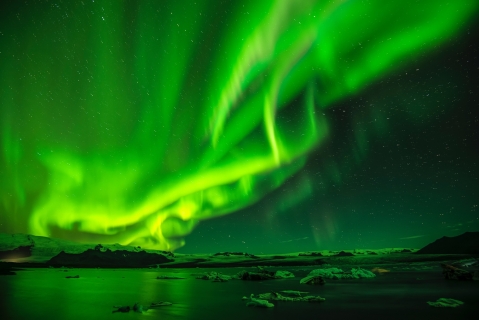Blue Lagoon Weather and Climate: A Comprehensive Guide
The weather in Blue Lagoon sees moderate temperature fluctuations over the course of a year.
Temperatures can be mild at the high end
to roughly cold at the low end.
It also has a relatively rain/snowy climate with high levels of precipitation.
Now, let’s break down all the climate details for a clearer picture.
Average maximum day and minimum night temperature
The climate in Blue Lagoon experiences moderate temperature changes, with mild shifts between seasons. On average, daytime temperatures range from a moderate 14°C in July to a chilly 5°C in February.
Nighttime temperatures can drop, with average lows reaching 0°C in February.Check out our detailed temperature page for more information.
Temperature ranges by month
Precipitation and rainy days
Blue Lagoon experiences significant rain/snowfall throughout the year, averaging 1427 mm of precipitation annually. The amount of precipitation varies moderately throughout the year. The wettest month, September, sees around 149 mm of rainfall, perfect for those who enjoy a bit of rain now and then. The driest month, June, still receives a respectable 79 mm of rainfall.
The mean monthly precipitation over the year, including rain, hail and snow
Sunshine over the year
In Blue Lagoon, summer days are longer and more sunny, with daily sunshine hours peaking at 6.7 hours in May. As the darker season arrives, the brightness of the sun becomes less. January sees a soft sun for only 0.7 hours per average day.
Visit our detailed sunshine hours page for more information.
Monthly hours of sunshine
Daily hours of sunshine
Average humidity
The relative humidity is high throughout the year in Blue Lagoon.
The city experiences its highest humidity in July, reaching 81%. In May, the humidity drops to its lowest level at 76%. What does this mean? Read our detailed page on humidity levels for further details.
Relative humidity over the year
Forecast for Blue Lagoon



Select a Month of Interest
Check the conditions for any month of the year.
The best time of year to visit Blue Lagoon in Iceland
Other facts from our historical weather data:July has an average maximum temperature of 14°C and is the warmest month of the year.
The coldest month is February with an average maximum temperature of 5°C.
September tops the wettest month list with 149 mm of rainfall.
June is the driest month with 79 mm of precipitation.
May is the sunniest month with an average of 201 hours of sunshine.
No idea where to travel to this year? We have a tool that recommends destinations based on your ideal conditions. Find out where to go with our weather planner.



